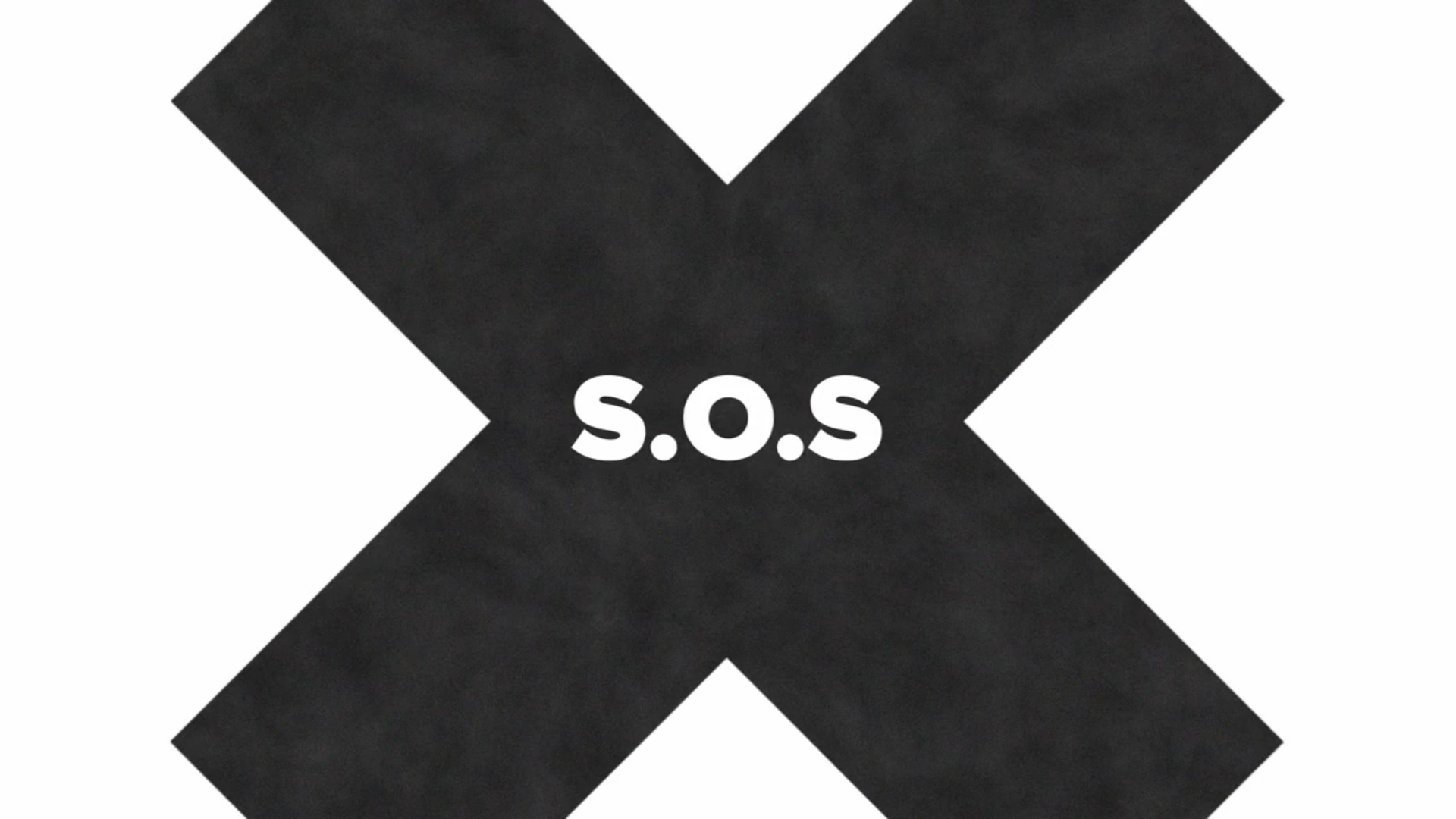Sign the petition to save Dutch New Media organisations at Change.org.

Last week the Dutch government released their plans for budget cuts on arts and culture. The Dutch cultural community is in shock about the rigorousness of these plans. Many orchestras, theater groups and cultural institutions will cease to exist.
Although the Dutch New Media Culture sector is very successful, it too will get in serious problems when these plans will be executed. The Dutch e-culture institutes Mediamatic, Waag Society, WORM, STEIM, NIMK, V2 and Submarine Channel will lose ALL their government funding. And from 2013 onwards there will be no development platform for New Media in The Netherlands.
Here’s is the official response of the Dutch Media Art Institutions.
(In Dutch) here. Related: Max Bruinsma’s article in Items Het Ministerie van de Markt (in Dutch)
Dear Mr Zijlstra
Dear Members of the House of Representatives
One of the many decisions in your arts policy paper “More than quality; a new
vision on arts policy”, is the liquidation of the total infrastructure for new media
and art. The media arts & technology sector, which has acquired a place in arts
policy in the past 8 years, has been abolished. The so-called ‘development
institutions’: STEIM, Waag Society, V2_, Submarine Channel, WORM and
Mediamatic are losing their structural funding. In addition to that the Netherlands
Media Art Institute, a visual arts institution which also works in the media arts field,
loses its government funding. These structural institutional resources will be
rerouted into a new Fund for the Creative Industry, whose mission is to stimulate
the social and economic value of the creative industry as a whole.
New media art is an independent art discipline
The existance of new media as an independent art discipline, including artistic
production, audiences, (inter)national networks, and events, is completely denied
in this proposed new arts policy.
New media art is a discipline which questions and researches the technological
developments and challenges of our times, and designs new applications for
these issues. It has its own idiom and art practice. It is an independent discipline
sustaining independent thematics, international networks of media labs, festivals,
publications and presentations. The Dutch model of these cooperating new media
labs with crossovers into other fields (social, educational, economical) has been
an exemplary model since years. The above mentioned ‘development institutions’
are internationally renowned, part of vast international networks, and contribute
to the position of the Netherlands in the fields of new media and art.
Paradox: punished for success
Like no other arts field, new media art makes connections to other fields. Its R&D
functions are relevant towards the total field of culture, as well as heritage and
media. Exchange with science is continually growing, it plays a vital role in the
innovation of social domains, and has a large impact on the current renewal of
education. The paradox now is that new media art is widely acknowledged and
seen as very relevant, but its source: artistic research including its audience
outreach, autonomous art production and international network, will now be
discontinued.
Project based vs structural
The policy paper indicates a choice for a project based way of working, and for
that reason a total cut in institutional funding for R&D. This is a very remarkable
way of reasoning as R&D activities need long term commitment in order to be
able to develop from experiment to result. It also requires excellent networking
and a sustainable infrastructure, including complex relationships to social fields,
business and science. The new media institutions like no other have paved the
way for such collaborations, and have shown that arts, sciences, business and
society in general can work together in meaningful coalitions. International
collaborations that have been opened up to Dutch partners also exist thanks to
long term policy. With the abolishment of structural support of these new media art
institutions, the basis is washed away and it will be impossible in the future to
enter into long term commitments. Like European funding for and participation in
research and projects, and participation in national research programs.
A project based way of working interferes with continuity.
Talent development
The new Fund for the Creative Industry is also supposed to work on talent
development in a project based manner. This is contrary to the needs of the
educational field where there is a demand for structural connections. The new
media and art institutions have acknowledged that and play an important role in
development of talent and skills through the programs they have set up
together with vocational institutions and universities. They also offer internships
and work with PHD students. The very same sustainable long term structures are
necessary here in order to be able to structurally work within education.
The way the Fund for the Creative Industry should work!
New media art can only contribute to the mission of enlarging the social and
economic value of the creative industry, in case the Fund is enabled to:
(1) issue longer term institutional subsidies and
(2) means are explicitly made available for artistic research, artistic production
and audience based activities
We sincerely hope that you will involve the new media and art institutions in the
set up and creation of the new Fund, and that the above arguments will lead to
the desired adjustments. We will be more than happy to share our views with you,
as well as the knowledge that we have in the area of international new media
arts policy.
Yours sincerely,
V2_
Waag Society
STEIM
Mediamatic
WORM
Submarine Channel
Netherlands Media Art Institute
 Submarine Channel
Submarine Channel